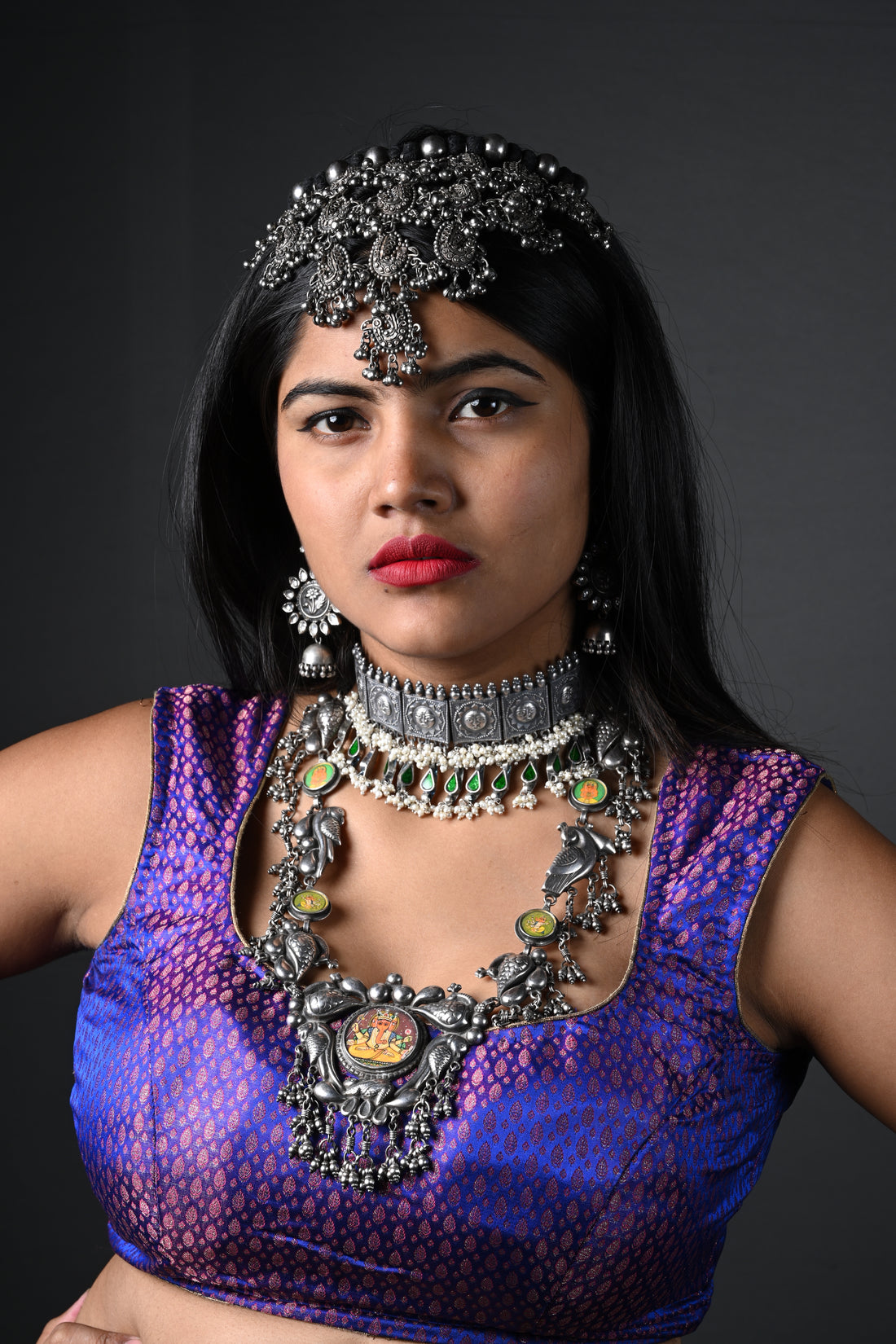Our love affair with jewellery and gemstones started long before history was written. It began from the time when man started walking earth. Ancient people started wearing jewellery made of bones, coloured stones, skull and feathers. Many ornaments originated as functional pieces. Rings were originally used as seals and marks of identification, rank and authority. Pins and brooches were used to hold the garments together.
Jewellery and mankind have been a great combination. Jewellery has been a trend since at least last 5,000 years as is found in the remains of Harappa and Mohenjo Daro. A single necklace made of fish bones dating 25,000 years has been discovered in a cave in Monaco.
We might never know the real reason but we can try to understand the social structure of that era through these discoveries. Was it for the village head or for witchcraft? Did they believe to have some medicinal property? Or was it a gift for the spouse? A war trophy?
The first adornments were in fact beginning of nomadic civilisations. Hunters were the most important part of gypsies. So the first jewels were derived from the hunt – teeth, claws, horns and bones. Hunters believed that wearing trophies put them on higher echelons than others. The best hunter wanted to show his courage and prowess. They believed that wearing trophies could bring them good luck for the next hunt.
In earlier societies, jewellery was worn to protect against bad luck and illness. This stands true even today. Wearing a talisman or good luck charm was supposed to make you go through difficulties of life. Since life was completely dependent on providence, certain jewellery was believed to boost fertility, wealth and love. It was worn for magical properties. Even nowadays, good luck charms have the potential to boost self-confidence and self-assurance.
Later, with the advent of civilisations, jewellery became a symbol to denote societal hierarchy. Slaves were made to wear bracelets to show who they belonged. Wedding rings symbolised the commitment two people had for each other. Kings and high officials would wear gemstones to show their wealth and power. People in masses started wearing less expensive and flashy jewellery to add colour to their attire. All villages and tribes developed local customs of wearing their jewellery which would define their people. The selection of material depended on local availability and beliefs in supernatural powers.
Jewellery will never lose its relevance for so long as we exist. We are evolving and so are our ornaments and their meanings.



